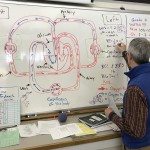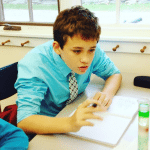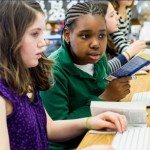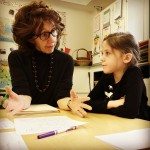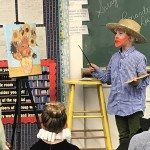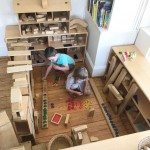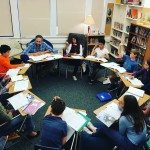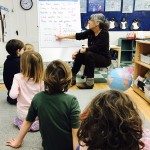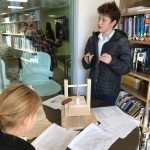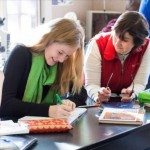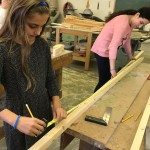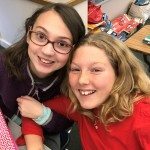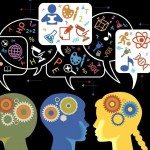Happy Birthday, Mr. Rogers!

 Fred Rogers is one of my heroes, and, today, March 20, 2018 marks his 90th birthday. Many of us are familiar with and fans of his television show, Mr. Rogers’ Neighborhood. As “America’s Favorite Neighbor,” he dedicated his life to serving children through public television, writing articles and books about parenting, performing, and speaking. He understood and appreciated that, underneath it all, what each of us wants is to know that we’re okay. And, because he was so good at believing that everybody was okay, he could connect with everyone’s need for empathy and hope. His relentless commitment to all that is best in people resulted in countless honors, from induction into the Television Hall of Fame to the Presidential Medal of Freedom. Wise, insightful, kind, genuine, gentle, interested, and inspiring, there are few individuals who evoke such universal feelings of warmth. I certainly feel that way when I remember him.
Fred Rogers is one of my heroes, and, today, March 20, 2018 marks his 90th birthday. Many of us are familiar with and fans of his television show, Mr. Rogers’ Neighborhood. As “America’s Favorite Neighbor,” he dedicated his life to serving children through public television, writing articles and books about parenting, performing, and speaking. He understood and appreciated that, underneath it all, what each of us wants is to know that we’re okay. And, because he was so good at believing that everybody was okay, he could connect with everyone’s need for empathy and hope. His relentless commitment to all that is best in people resulted in countless honors, from induction into the Television Hall of Fame to the Presidential Medal of Freedom. Wise, insightful, kind, genuine, gentle, interested, and inspiring, there are few individuals who evoke such universal feelings of warmth. I certainly feel that way when I remember him.
“In every neighborhood, all across our country and around the world, there are good people.”
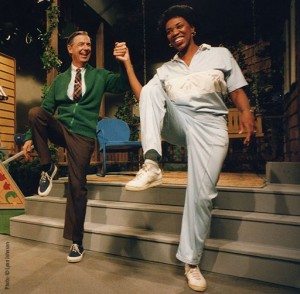
 “Please think of the children first. If you ever have anything to do with their entertainment, their food, their toys, their custody, their day or night care, their health care, their education – listen to the children, learn about them, learn from them. Think of the children first.”
“Please think of the children first. If you ever have anything to do with their entertainment, their food, their toys, their custody, their day or night care, their health care, their education – listen to the children, learn about them, learn from them. Think of the children first.”
“You rarely have time for everything you want in this life, so you need to make choices. And hopefully your choices can come from a deep sense of who you are.”
“The greatest gift you ever give is your honest self.”
“Discovering the truth about ourselves is a lifetime’s work, but it’s worth it.”
“It came to me ever so slowly that the best way to know the truth was to begin trusting what my inner truth was…and trying to share it – not right away – only after I had worked 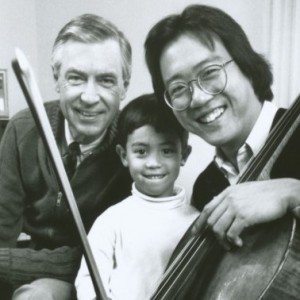
 hard at trying to understand it.”
hard at trying to understand it.”
“When I say it’s you I like, I’m talking about that part of you that knows that life is far more than anything you can ever see or hear or touch. That deep part of you that allows you to stand for those things without which humankind cannot survive. Love that conquers hate, peace that rises triumphant over war, and justice that proves more powerful than greed.”
“When I was a boy and I would see scary things in the news, my mother would say to me, “Look for the helpers. You will always find people who are helping.”
“Often when you think you’re at the end of something, you’re at the beginning of something else.”
“Transitions are almost always signs of growth, but they can bring feelings of loss. To get somewhere new, we may have to leave somewhere behind.”
Some fun facts about Fred Rogers:
1) Mr. Rogers was an ordained Presbyterian minister. In 1962, he received a Bachelor of Divinity degree and was ordained as a minister in the United Presbyterian Church and charged with continuing his work on creating and contributing to wholesome children’s television programs, which was his passion.
2) Mr. Rogers got into TV because the first time he saw a TV show it had “something horrible on it with people throwing pies at one another…” He stated, “I went into television because I hated it so, and I thought there was some way of using this fabulous instrument to be of nurture to those who would watch and listen.”
3) Many of Mr. Rogers’ famous sweaters that he wore on the show were made by his mother.
4) The reason Mr. Rogers started wearing sneakers on the show was because they made less noise than normal dress shoes when moving around behind the sets.
5) Mr. Rogers was a vegetarian. He didn’t smoke or drink or seem to have any major vices. He also stayed married to the same person until his death; their marriage lasted 47 years.
6) Unlike on most children’s shows, Mr. Rogers played himself not just in name, but also in personality and mannerisms, changing nothing about how he acted off camera to how he acted on camera. His reasons for this were that: “One of the greatest gifts you can give anybody is the gift of your honest self. I also believe that kids can spot a phony a mile away.”
Happy Birthday, Mr. Rogers, and thank you for being you.
